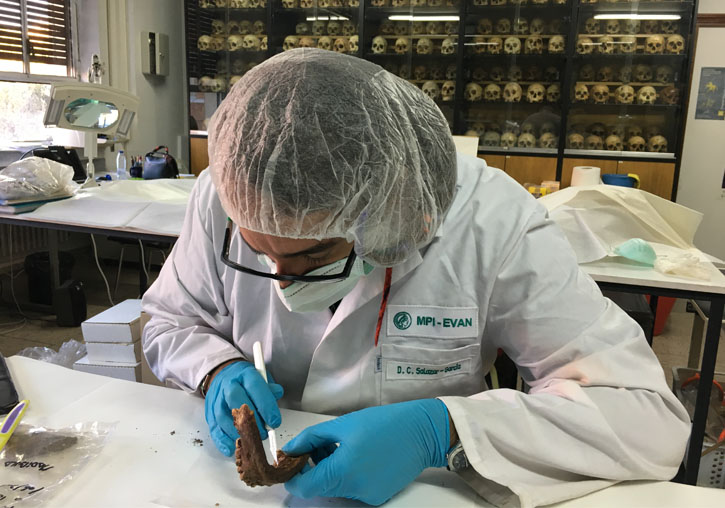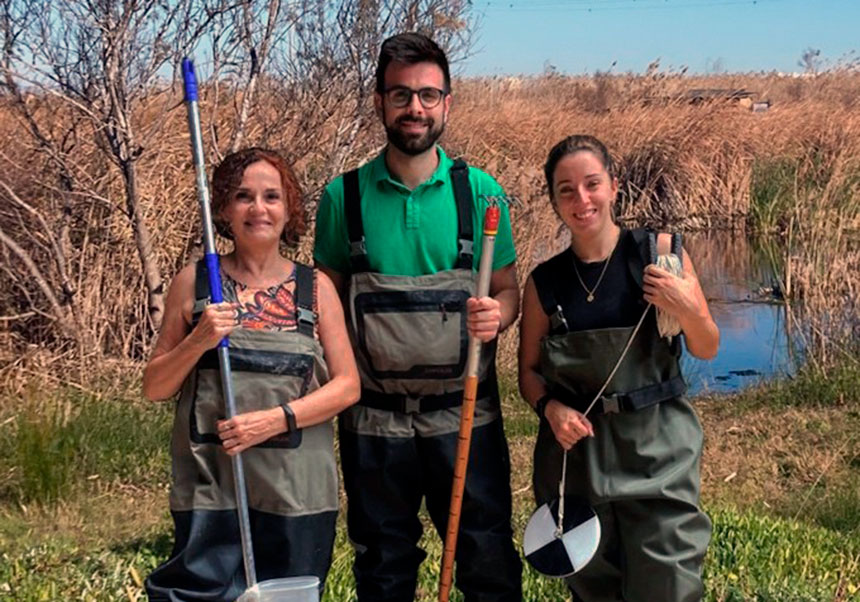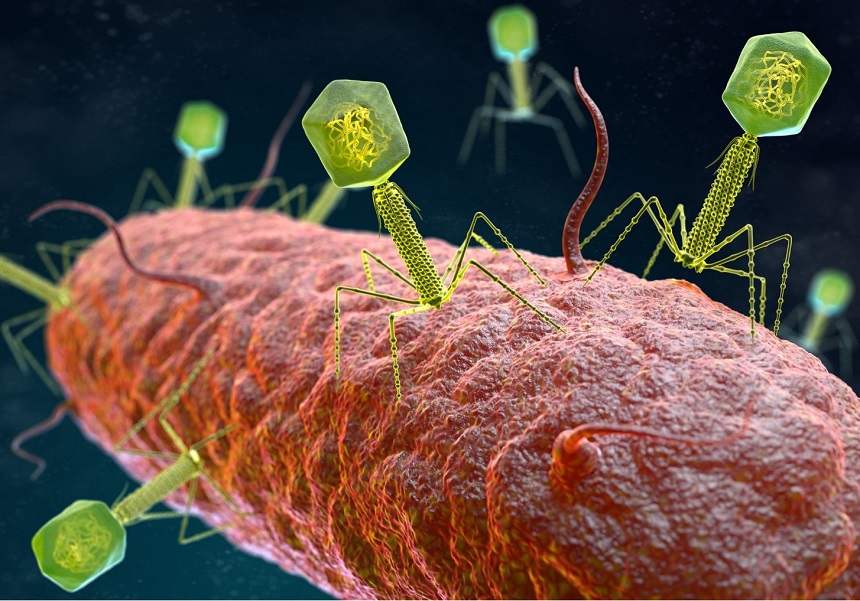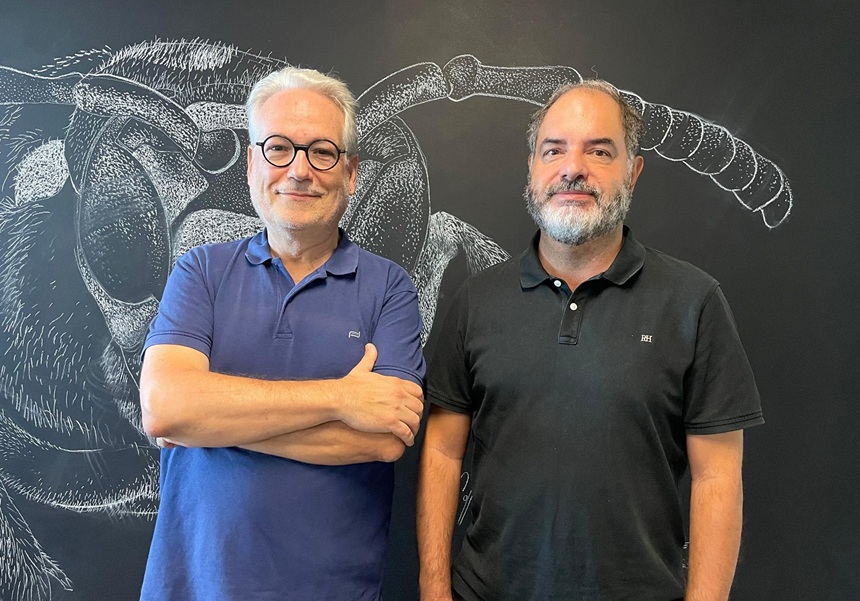The first analysis of zinc in dental enamel in a Neanderthal indicates that he had a very meat-rich diet
- Scientific Culture and Innovation Unit
- October 26th, 2022

Domingo Carlos Salazar, molecular archaeologist and researcher at the University of Valencia, has participated in the first analysis of zinc isotope ratios (atoms of different masses of the same chemical element) in the dental enamel of a Neanderthal to determine his position in the food chain. The study, published in the journal PNAS, and led by a researcher from the National Centre for Scientific Research (CNRS) in France, has determined that the Neanderthal to which the tooth belonged probably had an almost carnivorous diet.
“In recent years we have seen how several studies have pointed to a varied diet with a not inconsiderable consumption of plant resources among Neanderthals, to the point that it was sometimes insinuated that they could have been almost vegetarian. However, this study, by showing a more carnivorous diet than expected, reopens the debate on their type of diet and what this implies”, Salazar declared.
The molar analyzed in the investigation belongs to the Gabasa site (Huesca). Given the limiting conditions of the deposit, it was decided to analyse the proportions of zinc isotopes present in tooth enamel, a mineral that is more resistant to any form of degradation. It is the first time that this method has been used to try to identify the diet of a Neanderthal. The lower the zinc isotope ratios in the bones, the more likely they belong to a carnivore.
The analysis was also performed on animal bones from the same period and geographical area, including carnivores such as lynxes and wolves, and herbivores such as rabbits and chamois, whose values were used as reference. The results showed that the Neanderthal to which the tooth belonged ate a diet that could almost be considered carnivorous. Other chemical tracers indicated that this individual did not consume the blood of its prey, but instead ate the bone marrow without consuming the bones. Finally, the analysis also show that the Neanderthal was weaned before the age of two and that he possibly died in the same place where he had lived as a child.
Compared to other techniques, this new method of zinc isotope analysis makes it easier to distinguish between a more omnivorous or a more carnivorous diet. To confirm their conclusions, they hope to repeat the experiment with individuals from other sites, especially from the Payre site in southeastern France, where new research is being carried out.
In France, the work included the participation of scientists from the Environmental Geosciences Laboratory of Toulouse (CNRS/CNES/IRD/UT3 Paul Sabatier), and the Geology Laboratory of Lyon: Earth, Planets, Environment (CNRS/UCBL1), together with teams from the University of Zaragoza, the Max Planck Institute for Evolutionary Anthropology, Leipzig, the Max Planck Institute for Chemistry, Mainz, and the Johannes Gutenberg University, Mainz.
Article: Klervia Jaouen et al. «A Neandertal dietary conundrum: new insights provided by tooth enamel Zn isotopes from Gabasa, Spain». PNAS, October 17. DOI: https://doi.org/10.1073/pnas.2109315119
Categories: Facultat de Geografia i Història , Investigació a la UV , Prehistòria, Arqueologia i Història Antiga , Difusió i comunicació científica , Grups de recerca , Internacionalització recerca
















